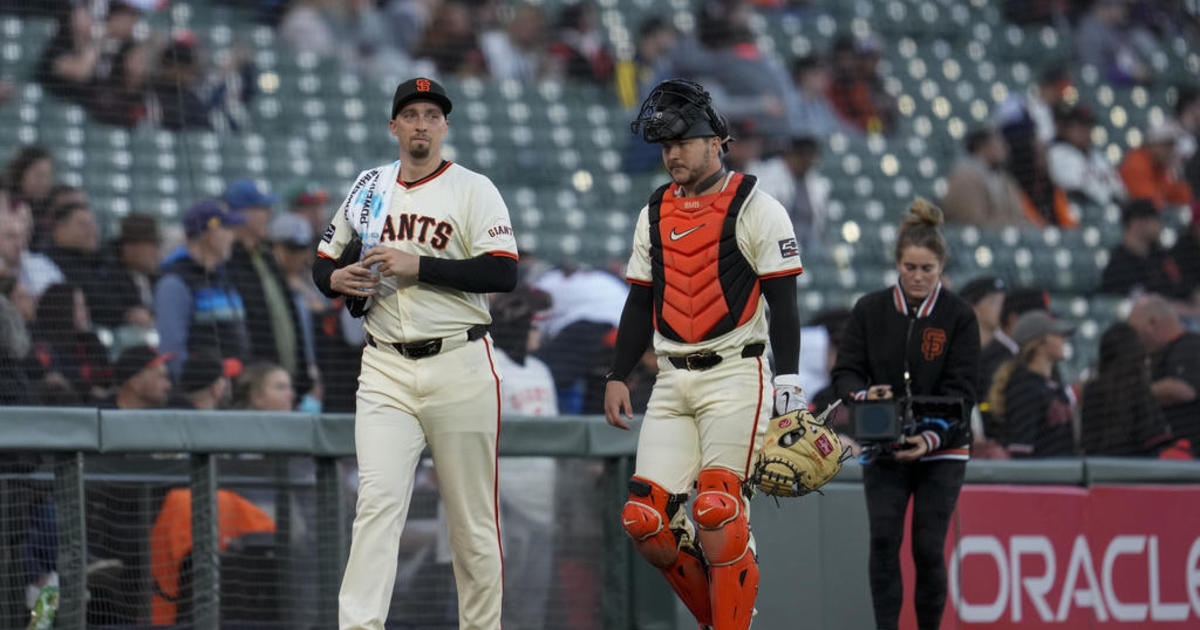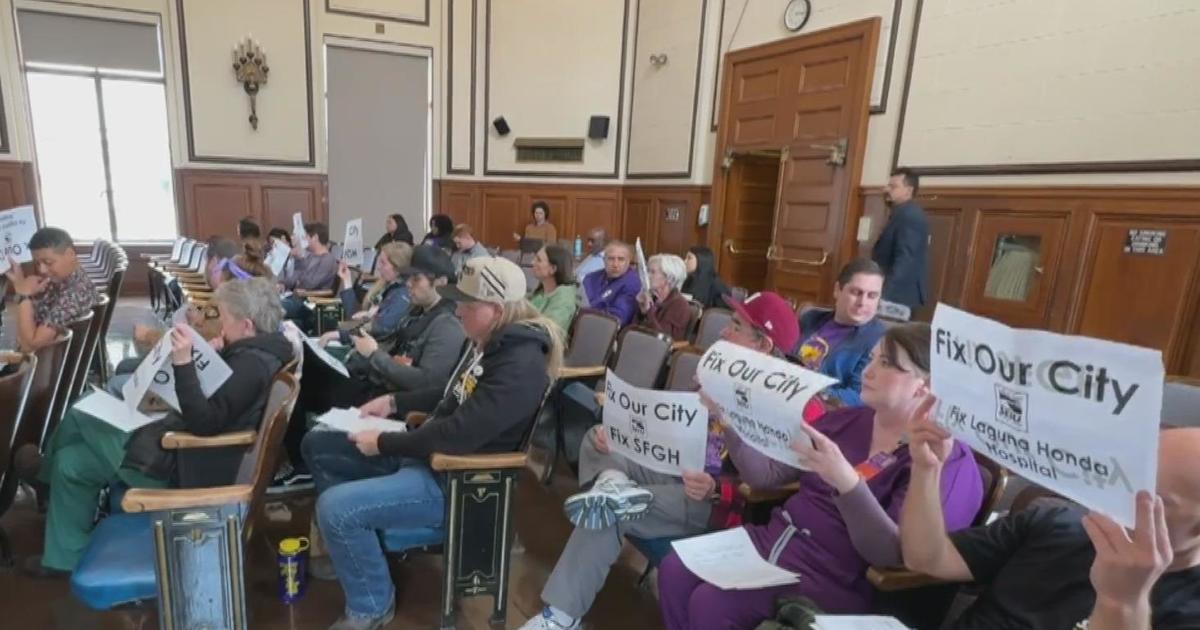A Pride Retrospective: When AIDS emerged, local TV news made a difference
SAN FRANCISCO (KPIX) -- In the early 1980s, Pride celebrations in the Bay Area were shrouded in sorrow and grief as a lethal virus spread silently within the gay community.
On June 5, 1981, the Centers for Disease Control published a first report of five gay men in Los Angeles -- all previously healthy -- who had been diagnosed with a rare pneumonia.
"I thought it was a fluke actually. I didn't know what to make of it," Dr. Anthony Fauci told KPIX.
Dr. Fauci was 40 then, an immunologist at the National Institutes of Health. He wondered whether these men were using some kind of substance which caused these respiratory problems.
Then, a month later, a second report shook Dr. Fauci to the core. Twenty-six gay men were reported stricken with the same rare pneumonia as well as a rare cancer known as Kaposi Sarcoma along with fungal infections, other opportunistic infections and dramatic weight loss.
"I was completely floored. I was getting goosebumps because I realized this was a brand-new disease," said Dr. Fauci.
By 1982, that disease finally got a name: Acquired Immunodeficiency Syndrome -- AIDS for short.
In the summer of 1983, KPIX hired a young reporter named Jim Bunn. His first story involved the safety of the nation's blood supply. Whatever was making these patients sick was transmitted through blood.
"I'll be real honest with you. From that first story, from that first day, I could see this was this huge event," Bunn said.
KPIX management agreed: general manager Art Kern, news director Bruno Cohen and special projects executive producer Nancy Saslow were all part of the team.
"There was a commitment from the very beginning to focus on the science," Bunn remembers.
The television station made a big decision to cover the developing epidemic with nightly reports and in-depth specials packed with information. Bunn became the station's first dedicated AIDS reporter, which included dedicating one day a week to do pure research on the developing pandemic.
"I saw this remarkable big story that had international intrigue with researchers racing to find the cause," Bunn said.
In its coverage, KPIX broke new ground. The station partnered with public health experts as well as community members. Reporters used explicit language to explain how the disease was spread so viewers better knew how to protect themselves.
"I mean we put condoms on bananas on television to show people the right way to put on a condom," said former KPIX anchor and reporter Hank Plante.
KPIX was the first station allowed to broadcast live from inside the AIDS ward at San Francisco General Hospital. The show was seen on the popular talk show People Are Talking which was hosted by Ann Frazer and Ross McGowan. McGowan told KPIX that he was especially proud of having gone live from Ward 5B, shedding light not only on the disease but introducing viewers to patients and showing their humanity: they were fathers, sons, uncles, friends and co-workers.
"We went in and so much information came out of that about just the human side of this thing," McGowan said.
The station also began a public health campaign known as AIDS Lifeline.The program was nationally syndicated to 55 other broadcast television markets.
"We had them take the money they would have paid for the use of the AIDS lifeline name and donate that money to local AIDS support groups," explained Bunn.
Public health experts were grateful but not everyone was pleased.
"We got hate mail. I got hate mail. The station got hate mail," Plante remembers. Plante said that, even with all the phone calls, the management was not deterred.
"We lived up to what's written on a license when you have a television station which is to serve the public good," Plante said.
Reporters were able to detail and broadcast a lasting legacy from the AIDs epidemic that is still practiced today: the creation of the "San Francisco Model of Care."
"There were people from different specialties -- cancer specialists, skin specialists, infectious disease specialists -- who suddenly found themselves around the bed of the same patient," Bunn said.
It was a sort of home-grown activism that, when reported on television and in the news, informed others how to seek, develop and get better health care.
San Francisco came up with the AIDS Ward which treated patients holistically. Hospice care sprang up to take care of dying patients.
Patients and members of the community demanded that experimental drugs get into the pipeline more expeditiously
"For leadership in addressing an outbreak and doing it in a very sensitive, effective way, San Francisco is second to none anywhere. So that is the reason we always look to San Francisco when you want to look to leadership and responding appropriately and effectively to an outbreak," Dr. Fauci said.




